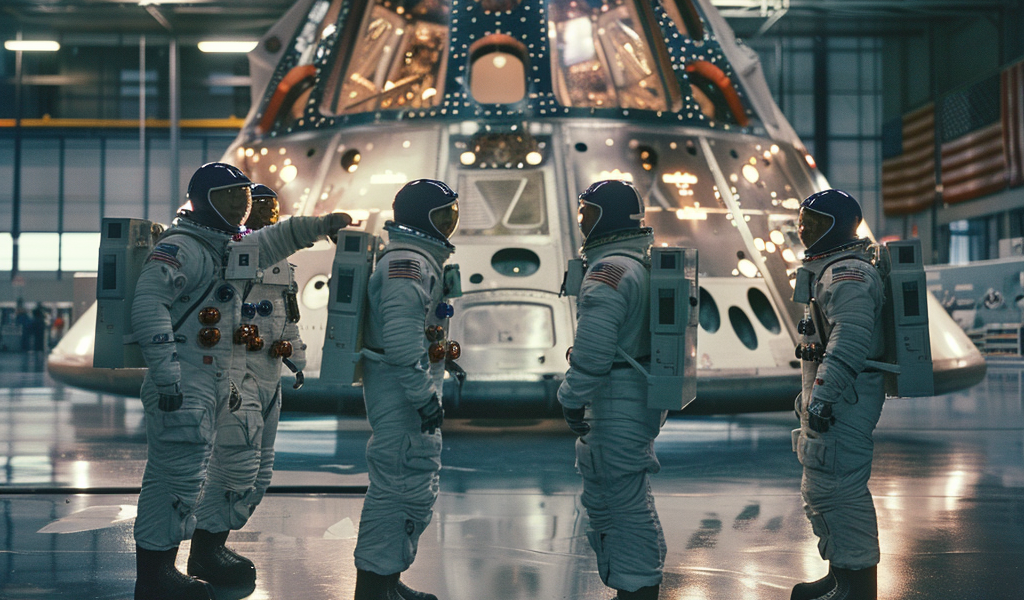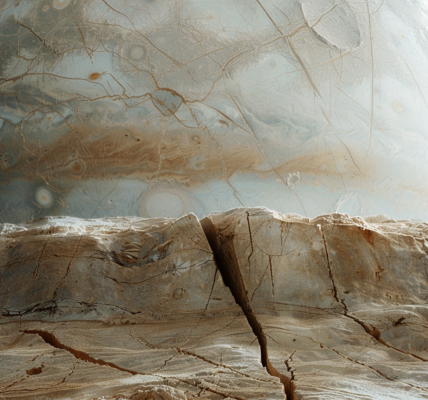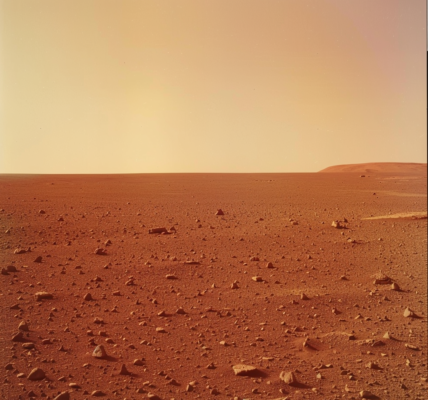NASA is gearing up for an extraordinary mission that will take astronauts farther from Earth than any human has ventured before. As part of the Artemis II program, a crew of four astronauts is preparing to embark on a journey around the moon, marking the first human flight to Earth’s satellite in over 50 years. The mission is not only a significant step in space exploration but also a historic milestone for diversity in space travel.
At the heart of this ambitious mission is the Orion spacecraft, a not-so-spacious capsule designed for deep space travel. The interior of the Orion is approximately 12 feet wide and less than 5 feet tall, creating a snug environment for the astronauts. Despite the confined space, the crew is optimistic about their upcoming adventure. Christina Koch, one of the mission specialists, humorously noted, “It’s a lot bigger in 3D, when you can float around. That’s what I’m telling myself.”
In late August, Koch, along with mission commander Reid Wiseman and fellow astronaut Jeremy Hansen, provided a glimpse into their preparations at the Johnson Space Center in Houston. They showcased a full-scale training mockup of the Orion spacecraft, where they have been spending countless hours familiarizing themselves with its layout and running through mission simulations.
Wiseman explained the complexities of the spacecraft’s control panel, which is filled with an array of screens, knobs, and switches. He described the incredible speeds the crew will experience during their mission: “When we leave planet Earth, we’re zero miles an hour, and when we hit low-Earth orbit, we’re doing 17,000 miles an hour. And then when we come back into the atmosphere, we’re doing 39 times the speed of sound, 25,000 miles per hour. Crazy numbers.”
The Artemis II mission is set to last 10 days, during which the crew will travel approximately 250,000 miles, making it the farthest any humans have traveled from Earth. This journey will not only test the capabilities of the Orion spacecraft but also the resilience and adaptability of the astronauts aboard.
The crew members include not just seasoned astronauts but also trailblazers in their respective fields. Christina Koch will become the first woman to travel to the moon, Jeremy Hansen will represent Canada as the first Canadian astronaut to make this journey, and Victor Glover will be the first Black astronaut to participate in a lunar mission. This diverse crew symbolizes a new era in space exploration, where representation and inclusivity are paramount.
The Artemis program aims to establish a sustainable human presence on the moon and pave the way for future Mars missions. As part of this initiative, Artemis II will serve as a critical stepping stone, providing invaluable data and experience for subsequent missions. The success of this mission could lay the groundwork for future lunar bases and long-term human exploration of Mars.
As preparations continue, the astronauts are focused on mastering the intricacies of the Orion spacecraft and the challenges that lie ahead. They are undergoing rigorous training to ensure they are ready for the physical and mental demands of deep space travel. Each astronaut brings a unique skill set and perspective, contributing to a well-rounded team capable of tackling the complexities of their mission.
NASA’s commitment to advancing space exploration is evident in the meticulous planning and preparation for Artemis II. The agency is investing in cutting-edge technology and innovative solutions to ensure the safety and success of the mission. The Orion spacecraft is equipped with state-of-the-art systems designed to support the crew during their journey and facilitate a safe return to Earth.
As the launch date approaches, excitement is building both within NASA and among space enthusiasts worldwide. The Artemis II mission represents not only a monumental leap for human spaceflight but also an opportunity to inspire future generations of explorers, scientists, and engineers. The mission is a testament to human ingenuity and the relentless pursuit of knowledge beyond our planet.
With the crew set to launch in approximately a year, the world watches with bated breath as these astronauts prepare to make history. Their journey around the moon will not only further our understanding of space but also serve as a beacon of hope and possibility for humanity’s future in the cosmos.





